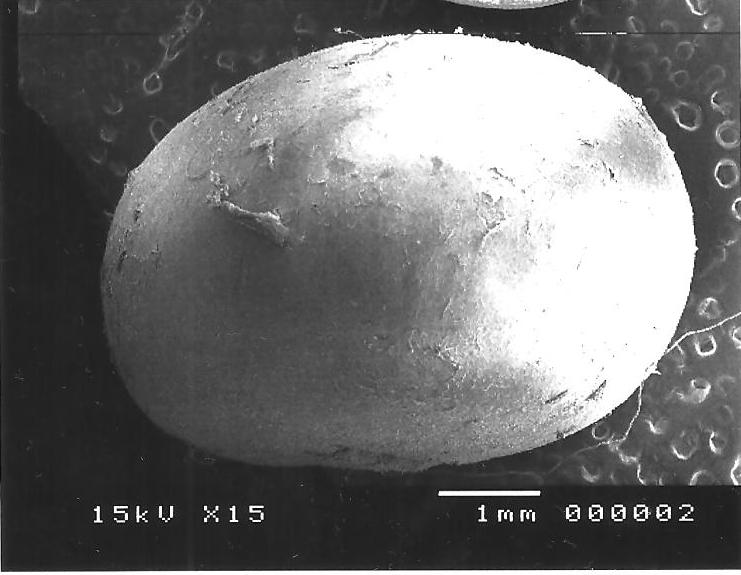Ultrastructure of the adrenal gland of paca (Cuniculus paca, Linnaeus, 1766) in captivity
DOI:
https://doi.org/10.21708/avb.2021.15.3.8901Abstract
Lowland paca (Cuniculus paca, Linnaeus, 1766) is a medium-sized rodent that belongs to the Brazilian fauna. Yet little information on its morphology is found in the specialized literature. Thus, the objective of the work was to study the morphology of the adrenal gland of paca by means of microscopic ultrastructure analysis. The adrenal gland secretes specialized substances in the body which promote biological functions of great importance and will provide valuable information to studies in comparative anatomy. Two (2) adult lowland pacas were used, male and female. Soon after death, the animals were positioned in the supine position; their abdominal cavities were opened by pre-retro umbilical and lateral incision followed by folding of the abdominal walls to expose the glands. The adrenal glands were removed; fragments were collected, fixed and prepared for ultrastructure observations using scanning electron microscopy and transmission electron microscopy techniques. It was observed that the adrenal glands of the paca have divisions as well as the limits of the cortical and medullary region, as well as the subdivisions of the glomerulosa, fasciculated and reticulated areas of the cortical region as in other rodents. An ultrastructure of cells and their components also showed a lot of similarity to that already demonstrated in different rodents.
Downloads

Downloads
Pubblicato
Fascicolo
Sezione
Licenza
Autores que publicam na Acta Veterinaria Brasilica concordam com os seguintes termos: a) Autores mantém os direitos autorais e concedem à revista o direito de primeira publicação, com o trabalho simultaneamente licenciado sob a Licença Creative Commons Attribution que permite o compartilhamento do trabalho com reconhecimento da autoria e publicação inicial nesta revista. b) Autores têm autorização para assumir contratos adicionais separadamente, para distribuição não-exclusiva da versão do trabalho publicada nesta revista (ex.: publicar em repositório institucional ou como capítulo de livro), com reconhecimento de autoria e publicação inicial nesta revista. c) Autores têm permissão e são estimulados a publicar e distribuir seu trabalho online (ex.: em repositórios institucionais ou na sua página pessoal) a qualquer ponto antes ou durante o processo editorial, já que isso pode gerar alterações produtivas, bem como aumentar o impacto e a citação do trabalho publicado (Veja O Efeito do Acesso Livre).


 Esta obra está licenciada com uma Licença
Esta obra está licenciada com uma Licença 